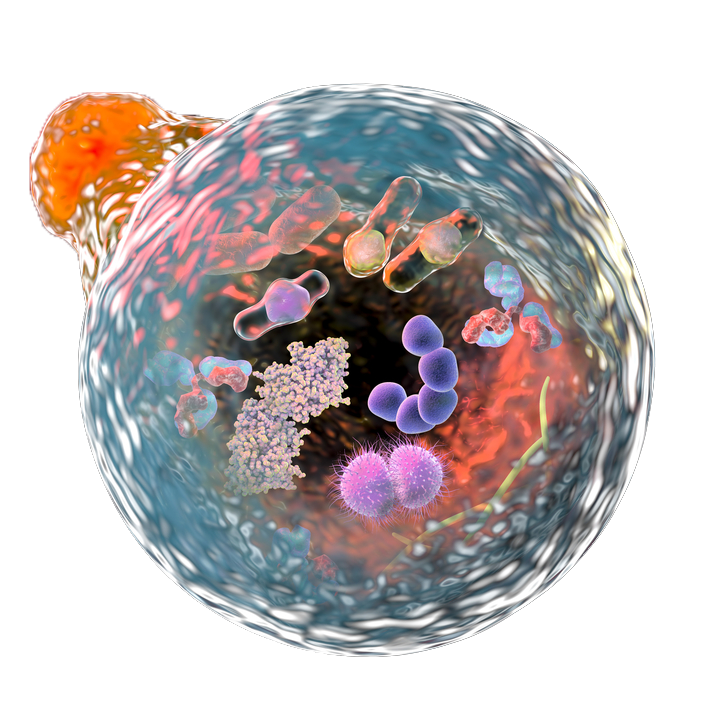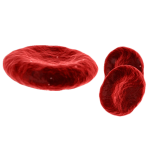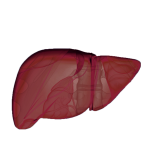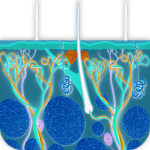Predictive Toxicity: Toxicokinetics Evaluation in Preclinical Studies
In the complex landscape of drug development, the role of toxicokinetics evaluation within preclinical studies is pivotal. At Porsolt, we specialize in predictive toxicity, offering comprehensive and nuanced assessments that are essential for the safety and efficacy of new pharmaceuticals.
The Critical Role of Toxicokinetics in Preclinical Studies
Toxicokinetics is integral to safety pharmacology and toxicology, providing insights into how a substance is absorbed, distributed, metabolized, and excreted by the body. This knowledge is crucial for understanding the potential toxic effects of a drug across various concentrations and exposure durations.
SCROLL

PREDICTIVE TOXICITY

Cardiotoxicity
In the realm of safety pharmacology and toxicology, cardiotoxicity refers to the harmful impact a drug can have on heart muscle and tissue, an effect that is critically assessed through various routes during toxicokinetics evaluation in preclinical studies.
Comprehensive in vitro Proarrhythmia Assay (CiPA):
| Electrophysiology measurement (conventional manual patch-clamp) | Cardiac ion channels |
| Proarrhythmic risk assessment (MEA & Calcium transient assay) | human-induced pluripotent stem cell-derived cardiomyocytes (hiPSC-CMs) |

Drug Induced Vascular Injury
In preclinical toxicity studies, Drug-Induced Vascular Injury (DIVI) is characterized by damage to endothelial and smooth muscle cells, often resulting from systemic exposure to a drug and its pharmacokinetics (PK).
| Cell toxicity | HUVEC |
| Coagulation impairment Tissue Factor and Thrombomodulin | HUVEC |
| Leucocyte recruitment VCAM-1, E-Selectin and ICAM-1 | HUVEC |

Gastrointestinal System
In the drug development process, the gastrointestinal system's response, particularly in preclinical toxicology, is crucial as it often manifests side effects due to metabolites of orally absorbed drugs.
| Gastric mucosal cell damage | Primary Rat gastric mucosal cells |

General Toxicity
General Toxicity, encompassing both acute and preliminary chronic toxicity tests, plays a vital role in toxicokinetics evaluation in preclinical studies. It utilizes analytical methods to analyze toxicokinetic data, helping to define and characterize the intrinsic toxicity of new substances.
| Acute toxicity | Rat – Mouse – Dog – Mini-pig |
| Preliminary chronic toxicity | Rat – Mouse |

Hepatotoxicity
Hepatotoxicity, a key focus in pharmacokinetics and in vitro toxicity studies, refers to the injury or damage inflicted on the liver due to exposure to a substance.
| Cholestasis & bile canaliculi network | Primary hepatocytes (R) sandwich configuration |
| Cytolysis (2D & 3D) | Primary hepatocytes (H,R & M) and HepG2 |
| Oxidative stress: Glutathione (GSH) depletion | Primary hepatocytes (H & R) and HepG2 |
| Phospholipidosis | Primary hepatocytes (H & R) and HepG2 |
| Steatosis: intracellular lipid accumulation triglycerides | Primary hepatocytes (H & R) and HepG2 |

Nephrotoxicity
Nephrotoxicity, often identified in GLP toxicology studies, refers to the deterioration or damage to kidney function, as revealed by toxicokinetic data following exposures to a substance.
| Cytolysis | Primary human renal proximal tubule epithelial cells Human renal proximal tubule epithelial cell line (HK-2) MDCK-II, CRFK,… |
| Lysosomal activity | Primary human renal proximal tubule epithelial cells Human renal proximal tubule epithelial cell line (HK-2) |
| Mitochondrial membrane potential | Primary human renal proximal tubule epithelial cells Human renal proximal tubule epithelial cell line (HK-2) |

Neurotoxicity
Neurotoxicity, a critical concern in Toxicokinetics evaluation in preclinical studies, involves the adverse effects on neural function or structure, often assessed through analyses of tissue, blood and plasma.
| Cytolysis | Primary neurons (R,M) cell lines |
| Excitotoxicity Calcium measurement | Primary neurons (R,M) cell lines |
| Mitochondrial membrane potential | Primary neurons (R,M) cell lines |
| Neurite outgrowth | Primary neurons (R,M) cell lines |

Skin Toxicity
Skin toxicity, often assessed through various exposures and analytical methods, refers to the damage or deterioration of skin tissue, as seen in in vitro and plasma studies.
| Cytotoxicity - Cell viability | 3T3 & L929 fibroblasts |
| Ocular irritation (HET-CAM) | Chicken egg |
| Skin irritation | Reconstituted human epidermis |
| Skin sensitization | Monocyte cell line (THP1) |
Safety Pharmacology and Toxicology: The Bedrock of Drug Safety
Our approach seamlessly blends safety pharmacology with toxicology, forming the bedrock of our preclinical toxicity studies. This integration is key to assessing the risk of adverse effects and establishing a comprehensive toxicological profile.
Porsolt’s preclinical toxicology services extend beyond standard assessments. We employ a range of methodologies, both in vitro and in vivo, to thoroughly evaluate the toxicological responses and predict human reactions.
We conduct studies under Good Laboratory Practice (GLP) conditions, adhering to the stringent protocols of GLP pharmacology, thereby ensuring that our data meets the highest standards of quality and regulatory compliance.
Porsolt’s Approach to Predictive Toxicity in Drug Development
At Porsolt, we approach predictive toxicity with a deep sense of responsibility and a commitment to scientific rigor. Our team, utilizing state-of-the-art technology and advanced methodologies, is focused on providing thorough toxicokinetics evaluations.
Our methodology incorporates the latest techniques to precisely analyze toxicokinetic readouts. This meticulous approach is fundamental in aiding the development of drugs that are both safer and more effective.
Collaborative Efforts in Enhancing Drug Safety
We believe in a collaborative approach, working closely with our clients to fully understand and address their specific needs. This partnership is key to devising customized solutions that enhance the overall safety of the drug development process.
The evaluation of toxicokinetics in preclinical studies is an essential aspect of developing safer drugs. At Porsolt, we are committed to this field, offering comprehensive services in predictive toxicity. Our dedication to scientific excellence and innovative approaches makes us more than just a service provider; we are a partner committed to the successful development of safe and effective pharmaceuticals.
Porsolt
Z.A. de Glatigné
53940 Le Genest-Saint-Isle, France
Telephone +33 2 43 69 36 07
Legal Notice
Any questions or concerns ?
CONTACT US


